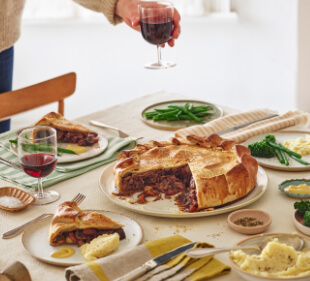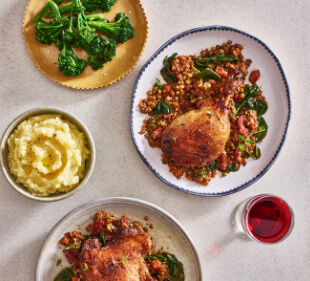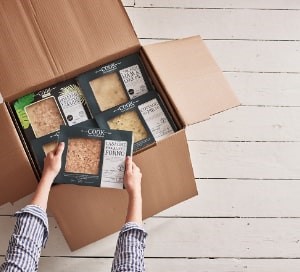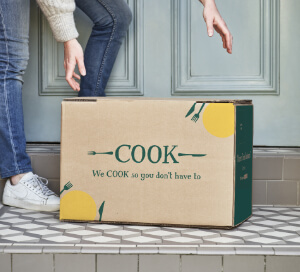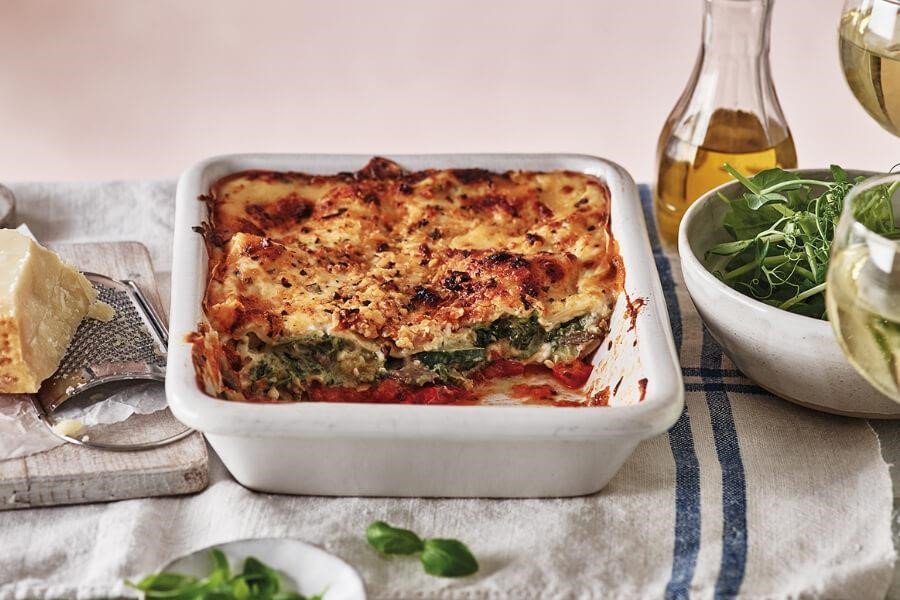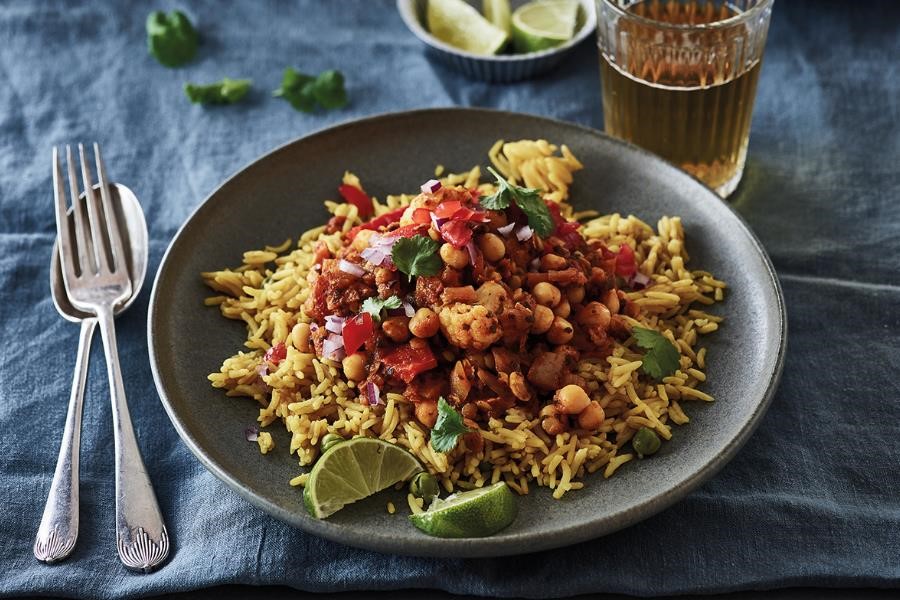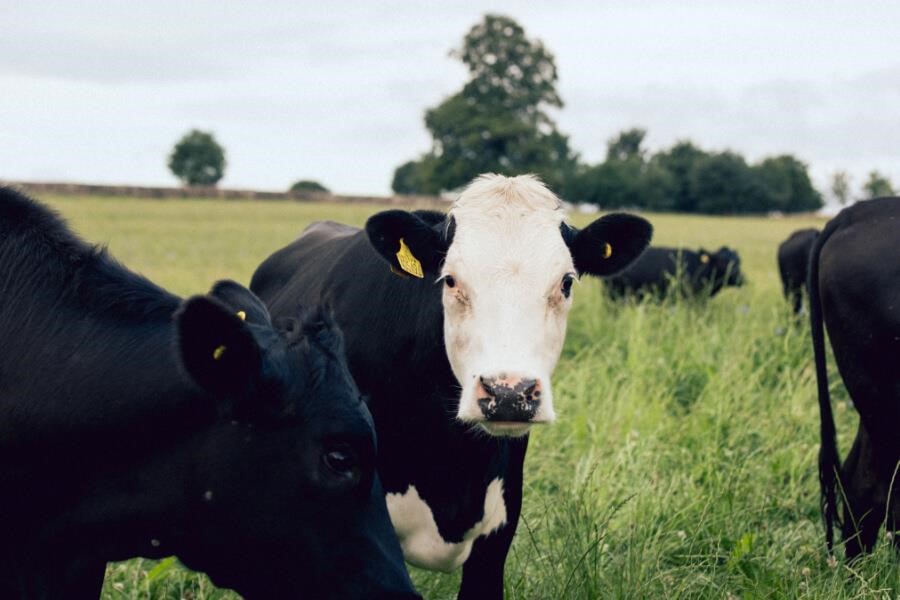
< Back to Main Blog Posted: Aug 2025
Less & Better Meat
The concept of a balanced diet might be well known, but what it looks like in practice remains as elusive as ever for many of us. A good rule of thumb for your health and the health of the planet, we think, is trying to eat a little more veg and a little less meat. While working on our Recipes for Change Lasagne with nature-friendly beef, we experimented with some interesting techniques we thought you might like to try in your cooking at home if you’re trying to eat less and better meat.
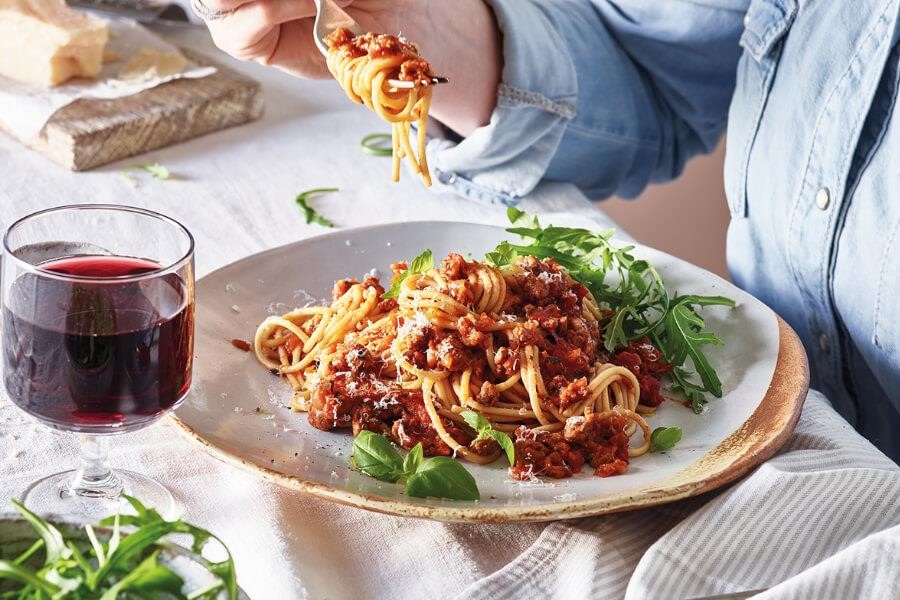
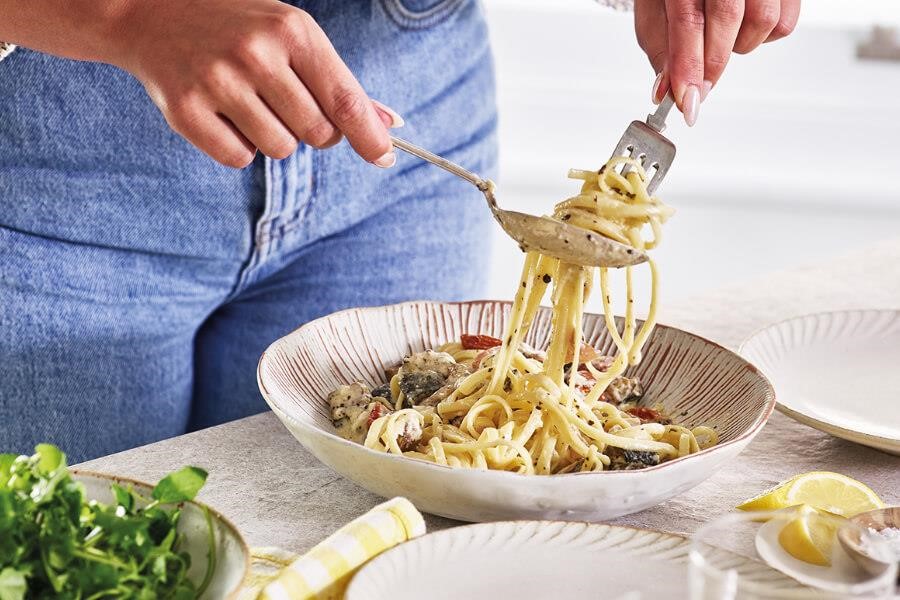
Tweak the Recipe
So many classic recipes are already a marriage of meat and veggies. A good bolognaise, for example, has a flavour base of soffritto, equal parts of onion, celery and carrot, cut finely. You’ll find this combination in thousands of recipes – sometimes with some tweaks like add or substituting garlic, leeks, and peppers. A little bit more soffritto, a little less meat, and it will taste just as fantastic.
Blend, Baby, Blend
A good trick, especially if you have children who are a little vegetable-adverse, is to blend cooked veggies into a tomato sauce. It will hold all kinds – aubergines, courgettes, peppers, mushrooms etc – and will make it extra tasty. Roasting vegetables caramelises their natural sugars, adding rich, deep flavours. Blend them into a sauce, and every bite becomes a delicious flavour explosion! You can always add some tomato puree if you want to up the tomato-iness.
Embrace the Lentil
If you think of lentils and a bit joyless and dull, you’re missing out on the most delicious and versatile ingredients there is. Add a tin-full (or equivalent) to a big, flavoursome lasagne or chilli and you’ll struggle to distinguish it from the mincemeat once it’s all cooked.
Make Room for Mushrooms
Like lentils or onions, mushrooms are great for taking on other flavours, but they also add a delicious, earthy umami flavour to any dish – especially if you more away from the common-or-garden white variety (chestnut mushrooms are a great first step into this world).
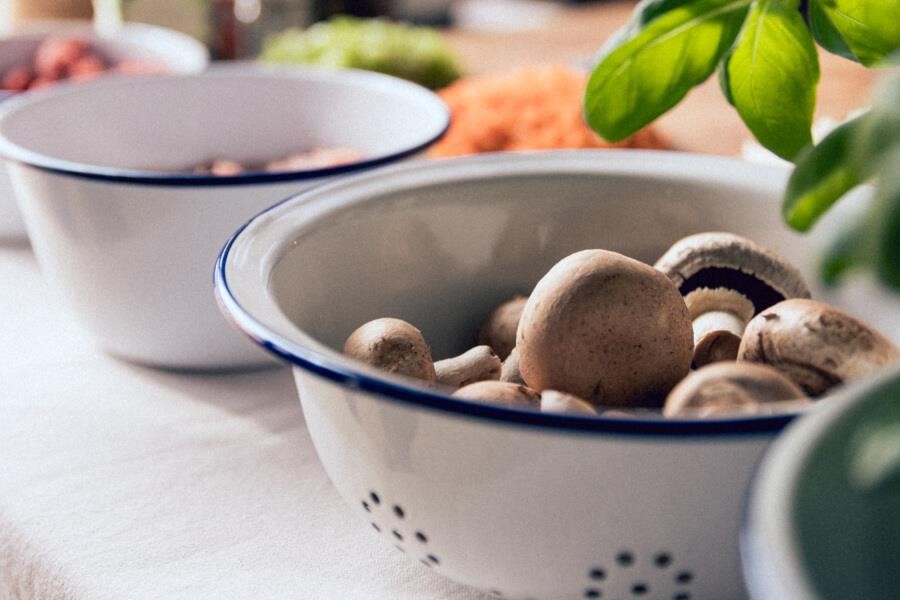
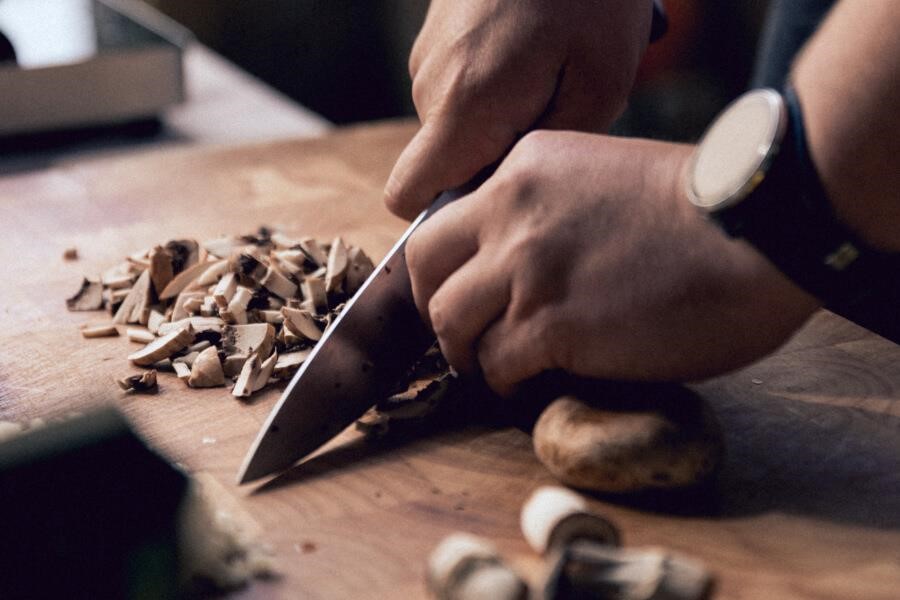
Sense check: The Eat Well Guide
Public Health England’s guide to eating well is worth bearing in mind. Obviously, special occasions and seasons and personal dietary requirements and preferences will play a part, but it’s good to remember when you’re preparing a meal.
They recommend your diet consists of:
-
39% fruit and vegetables
-
37% potatoes, bread, rice, pasta and other starchy carbohydrates
-
12% beans, pulses, fish, eggs, meat and other proteins
-
8% dairy and alternatives
-
1% oils and spreads
-
3% of foods to eat less often and in small amounts (treats, ketchup etc)
Eat the Rainbow
Different coloured fruits and vegetables bring different nutrients and antioxidants to the table. Think of your plate like a paint palette: reds (tomatoes, peppers), oranges (carrots, squash), greens (spinach, broccoli), purples (aubergine, beetroot), and more. A colourful meal isn’t just nice to look at, it helps make sure your body gets a wide spectrum of vitamins and minerals.
Feed Your Microbiome
Your gut is home to trillions of microbes that play a big role in digestion, immunity, and even mood. They thrive on variety, especially fibre-rich plant foods like beans, lentils, wholegrains, fruit, and veg.
By eating less meat and making room for more plants, you’re not only doing the planet a favour, you’re also nourishing the tiny ecosystem inside you.
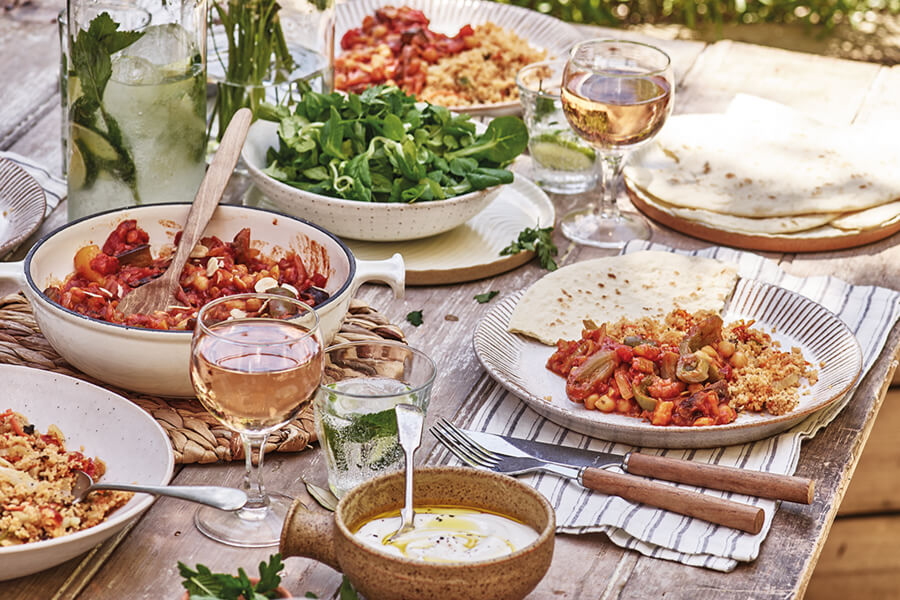
A Global Perspective
Eating less meat isn’t new. It’s how much of the world already eats. In countries like India, vegetables, beans, and pulses are the stars of everyday meals, with meat playing a smaller role. These cuisines show how tasty, filling, and varied plant-based food can be. Eating more plants isn’t just good for the planet, it’s good for us too. In the so-called Blue Zones – like Okinawa in Japan, Sardinia in Italy, Ikaria in Greece, Nicoya in Costa Rica, and Loma Linda in California – people live longer, healthier lives. A big part of that is their diets, which are rich in vegetables, beans, grains, and only small amounts of meat or fish.
< Back to Main Blog Posted: Aug 2025









